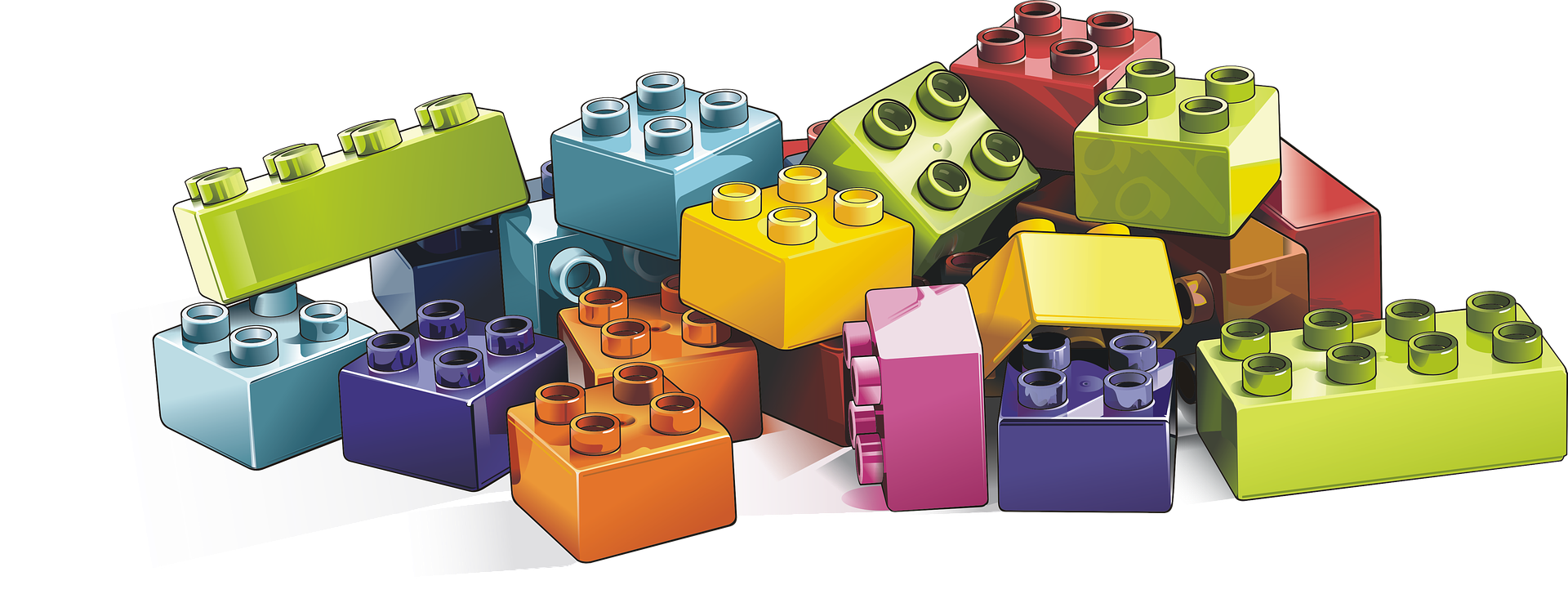
Learn why and how to establish a space for young children to engage their creativity.
Discovery Through Play
In her article “Makerspace in Preschool-It’s Not Just for Big Kids!” on Medium.com, early education consultant Marissa Calderón defines makerspace as “a place where we gather tools and materials to create, invent, tinker, design, fabricate or otherwise enable individuals, a community or group to make something.”
Since young children learn through their play experiences, makerspaces and their focus on self-directed exploration can provide a natural extension of their curiosity. These environments promote creativity, critical thinking skills and hands-on learning through trial and error. Libraries typically offer maker programs for children, but you can create a makerspace in your own home, too.
Set up Your Space
Begin by setting aside a designated area that you don’t mind getting messy. Include a table or desk with an uncluttered work area as well as some shelves and/or bins for storage that allow children to easily explore the materials and begin their creative process.
Ideas for Materials to Have on Hand:
- Cardboard (tubes, boxes, egg cartons and other scraps)
- Colored masking tape to hold paper or cardboard items together
- Recyclables (plastic bottles, containers, caps, etc.)
- Low temp hot glue gun to easily hold recyclables together
- Textiles (fabric, felt, yarn, ribbon, string)
- Blunt tip needle and thread to sew textiles together
- Arts and crafts supplies (child-safe scissors, paint, markers, buttons, magazines for cutting, construction paper, wire, chenille pipe cleaners, beads, playdough, clay, etc.)
- Building materials (LEGO®, wood scraps, wooden dowels, sandpaper, screwdriver, hammer, pliers, manual hand drill, nuts, bolts, screws)
- Old technology (computers, calculators, keyboards and toys to disassemble and sort the parts for use in other projects)
Start With the Basics
Your makerspace does not have to be elaborate to be effective. By providing some simple tools and materials and allowing children the freedom to explore, you enable them to develop foundational skills for future careers in many fields involving technology.

